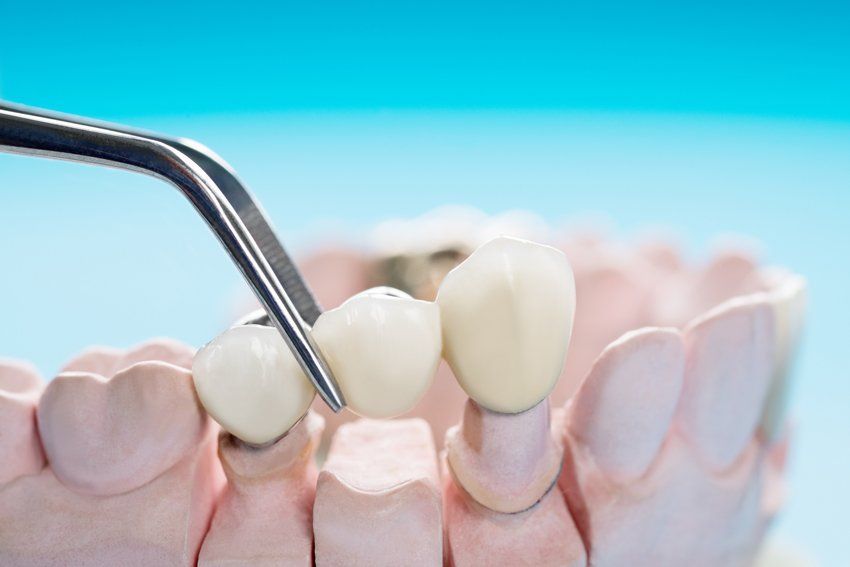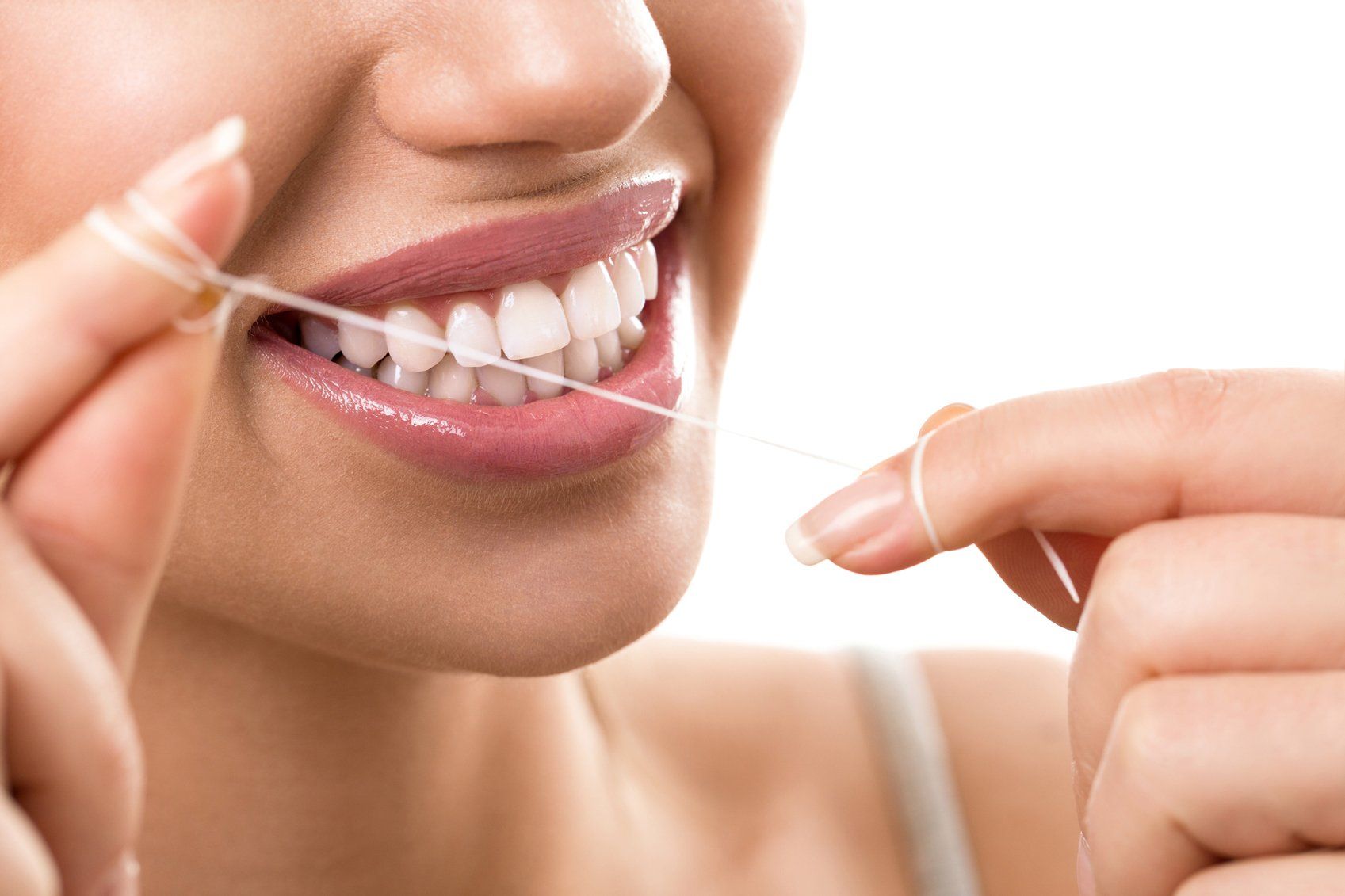As time marches on, your teeth can develop severe staining from foods, drinks, old amalgam dental fillings, and even dental decay. Fortunately, dentists can whisk away even severe stains with teeth whitening.
During teeth whitening, dentists apply special carbamide peroxide gels to the teeth, which spark a chemical reaction within the dental enamel. During this reaction, small tubules are released from the pores of dental enamel, allowing whitening agents to penetrate deeper into the tooth, lightening intrinsic stains.
In addition to allowing whitening agents to lighten the surfaces and interiors of teeth, dentists can also use special polishing compounds to remove extrinsic staining and tartar remnants, creating a smoother, whiter tooth surface.
These days, dentists can either create customized whitening trays for patients to wear at home, or complete whitening chair side, giving patients the opportunity to customize their care. Some dentists also offer special tooth whitening treatments that are activated by UV light that can lighten teeth several shades in a single visit.
If you are interested in whitening your teeth, keep in mind that there are a few side effects to removing stains. When whitening gel moves through the enamel to whiten underlying dentin, it increases the blood flow inside of the tooth, resulting in temporary sensitivity. However, dentists can alleviate sensitivity by prescribing certain toothpastes or using anti-sensitivity varnishes before treatment.













